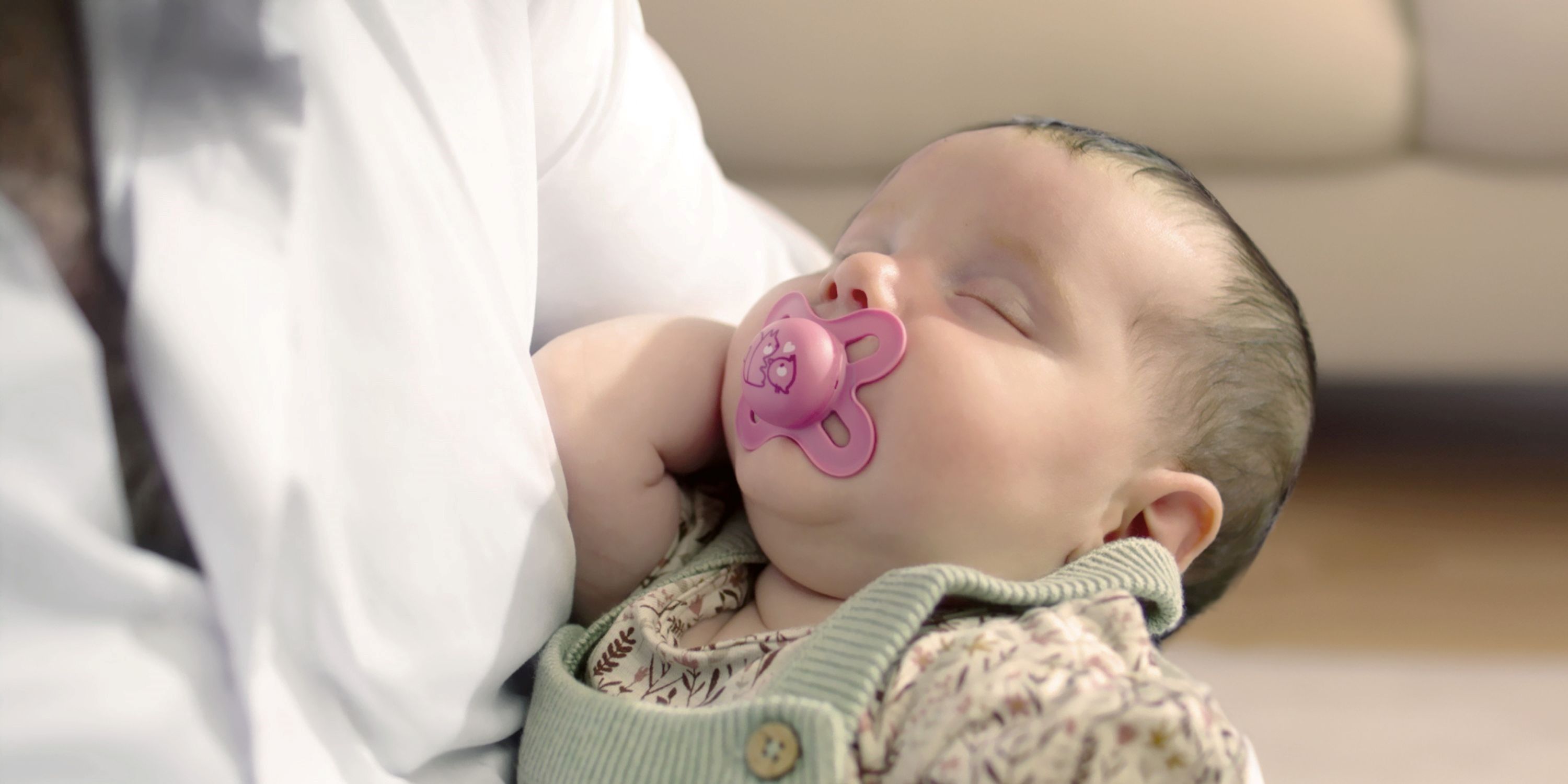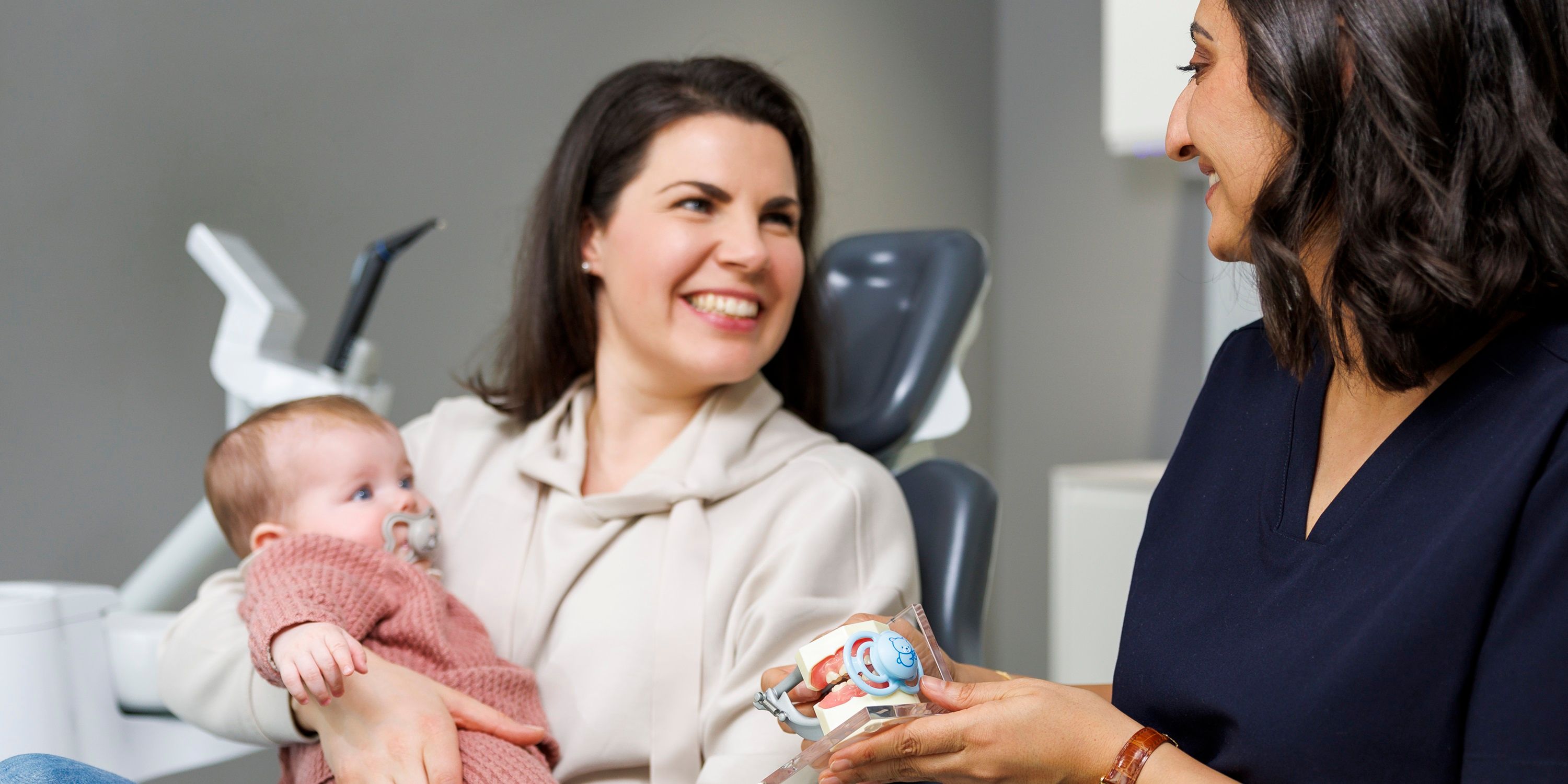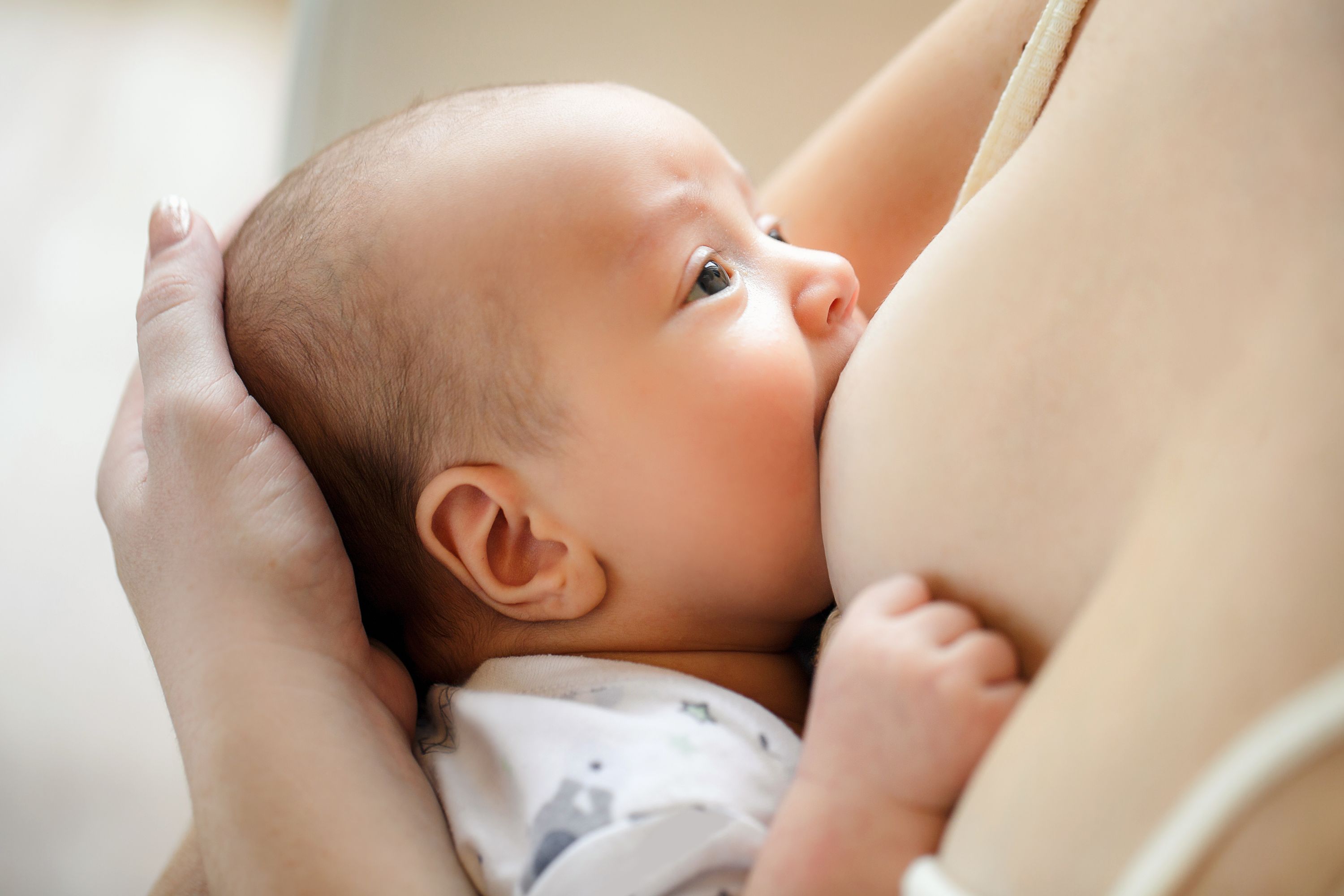From the earliest days of life non-nutritive sucking provides an instant source of comfort for infants and small children. We talked to MAM expert Dr. Cristina Torres about this habit and what benefits and implications it can have.
MAM: Dr. Torres, thank you for taking the time to speak with us. Could you please start by explaining in more detail non-nutritive sucking?
Cristina Torres: As the term suggests, it means sucking that doesn’t have a primarily nutritional purpose. Unlike feeding, non-nutritive sucking has a calming effect and is also used as a way to explore the environment, such as sucking on individual items and trying out their taste and texture. With babies, it involves sucking without extracting liquid from the breast or bottle, sucking on a pacifier, or on a finger placed in the middle part of the tongue.
MAM: What is the difference between nutritive and non-nutritive sucking and how do I know if my baby is hungry or just wants to satisfy a sucking impulse?
Cristina Torres: In babies, nutritive sucking is the main way of obtaining food and requires the ability to integrate breathing, sucking and swallowing for coordinated feeding, which involves the cranial nerves, brainstem and cortex. In contrast, non-nutritive sucking is mainly about comfort and reducing general anxiety. It’s easy to forget that babies are permanently overloaded with stimuli – everything is new and exciting to them and non-nutritive sucking provides a ready source of calm and reassurance.
MAM: Is there any health-related reason for non-nutritive sucking and what role do pacifiers play?
Cristina Torres: That’s an interesting question. The use of pacifiers can be justified in certain situations and will support breastfeeding rather than interfere with it. Such situations include low-birth weight or premature infants, where it is important to stimulate the sucking impulse to promote the complex of physical and mental functions involved in feeding. Other times when it makes sense to use a pacifier are for infants at risk of hypoglycemia (a deficiency of glucose in the bloodstream) and preterm infants who need support in achieving the neuro-behavioral organization required to feed efficiently.
MAM: How about medical or clinical benefits?
Cristina Torres: Medical benefits associated with the use of pacifiers include providing comfort (stress can have direct health impacts) as well as contributing towards neuro-behavioral organization and reducing the risk of sudden infant death syndrome. While sucking behaviors are normal in infants and young children, parents need to be aware that long-term use, especially past the toddler stage, can have implications for tooth and jaw development. Excessive pacifier use, both in terms of hours per day and in years, may have consequences for the developing oro-facial structures and occlusion, or tooth misalignment.

MAM: Is non-nutritive sucking common to all children?
Cristina Torres: Yes. All children share the need for non-nutritive sucking, which is something they develop before they are even born. The habit actually begins in the fetal stage. That said, how it manifests once the child is born does vary enormously. Every child displays different behaviors in this regard, both in terms of intensity and duration, as well as how long the habit continues into childhood.
MAM: What is the best way to satisfy the need for non-nutritive sucking?
Cristina Torres: The best way is to practice non-nutritive sucking with a pacifier. This helps reduce stress and pain in hospitalized newborns, promotes weight gain in premature infants, gastrointestinal maturation and growth in immature infants, and allows for a faster and smoother transition from tube feeding to full oral feeding. This latter may be the result of improving behavioral status.
MAM: How about sucking fingers and thumbs?
Cristina Torres: This is something all children do and is a good argument for using a high-quality pacifier. It has been widely established that prolonged digit sucking is a risk factor for tooth misalignment. Unlike the teat of a premium quality pacifier, the shape and solidity of the thumb can apply a lot of force to the child’s palate. This has the effect of pushing the upper front teeth outwards towards the lips and the lower front teeth inwards towards the tongue, resulting in an increased overjet and reduced overbite or what we call an anterior open bite (AOB). Another big advantage of the pacifier compared to the thumb is that it is much easier to wean a child off the pacifier.
MAM: At what age does the need for non-nutritive sucking begin to decrease and how can parents recognize this development?
Cristina Torres: The need for non-nutritive sucking begins to recede from the first year of life as the child starts to talk, walk and eat more solid food. But again, there is no fixed rule. This progression depends on the child’s physiological and emotional development. The experts Bishara et al. tracked behavior in a cohort of children and observed a decrease in pacifier use from 40% at age one to less than 1% at age eight. They also found that digit sucking decreased less over the same period, from 31% to 4%, and that this became the dominant form of non-nutritive sucking from age four onwards. This is something parents need to watch as thumb sucking is more of a risk in terms of healthy tooth and jaw development.
MAM: When and how should parents wean children off a pacifier?
Cristina Torres: Most children move on from their sucking habits in their own speed, but some will need the help of their parents and their pediatric dentist. In general, it’s best to wean the child off the pacifier slowly and gradually. Bear in mind that kids build a strong bond to this form of instant comfort. The other big thing is to be consistent once you have started weaning. Above all, be gentle and supportive. You can sense when your child is ready to move away from non-nutritive sucking, so just be aware enough to spot that moment and offer loving support for the short time needed to break the habit.
Photos: Shutterstock
Sources: Lubbe, W., ten Ham-Baloyi, W. When is the use of pacifiers justifiable in the baby-friendly hospital initiative context? A clinician’s guide. BMC Pregnancy Childbirth 17, 130 (2017). https://doi.org/10.1186/s12884-017-1306-8.
Non-nutritive sucking behaviors in preschool children: A longitudinal study, John J. Warren, DDS, MS Steven M. Levy, DDS, MPH Arthur J. Nowak, DMD, MA Shenghui Tang, PhD
Guido-Campuzano, Martina Angélica et al . Eficacia de la succión no nutritiva en recién nacidos pretérmino. Perinatol. Reprod. Hum., México, v. 26, n. 3, p. 198-207, sept. 2012.Lau C. Development of Suck and Swallow Mechanisms in Infants. Ann Nutr Metab. 2015;66 Suppl 5(0 5):7-14.
Kwon, Ohsun & Haria, Paras & Kotecha, Sheena. (2016). Recognition, Intervention and Management of Digit Sucking: A Clinical Guide for the General Dental Practitioner. Primary Dental Journal. 5. 56-60.
Management of the Developing Dentition and Occlusion in Pediatric Dentistry. Pediatr Dent. 2019.
Bishara SE, Warren JJ, Broffitt B, Levy SM. Changes in the prevalence of nonnutritive sucking patterns in the first 8 years of life. Am J Orthod Dentofac Orthop 2006;130:31–36
Birardi, V. (2012): The morphology of the pacifier in the treatment of “open bite” for a three-year-old child. In: Gli Speciali Di Italian Dental Journal. 27-28.
Lubbe, W., ten Ham-Baloyi, W. When is the use of pacifiers justifiable in the baby-friendly hospital initiative context? A clinician’s guide. BMC Pregnancy Childbirth 17, 130 (2017). https://doi.org/10.1186/s12884-017-1306-8.






